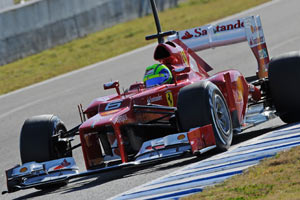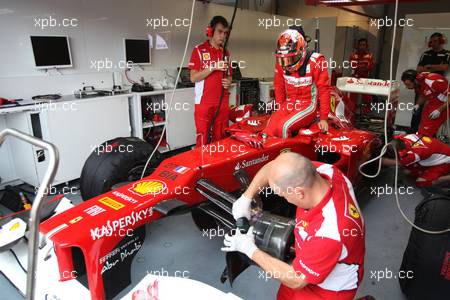f1316 wrote:
I've therefore been surprised that Ferrari haven't gone down this route, but perhaps it is something that was on the initial design of the car - so Piola picked up on it - but it then got dropped along the way in favour of other methods.
Just speculation but will be interesting to see if they come out with one during testing.
i dont think ferrari will have go that route, according to the 2012 car comparison thread the F2012 has the highest sidepod. Granted these figures are not accurate but it would suggest that it is move more into "clean air" than the McLaren or Suaber designs.
also the ferrari has a subtle u shape to it ( it is higher on the outer edges than on the tub side) so if they do go the route of the Sauber flow conditioner i would expect their interpretation to look a bit different.
@Spankyham, that's the starter hole, been there since launch, that angle also gave me a boner first time i saw it.
A wise man once told me you cant polish a turd...









